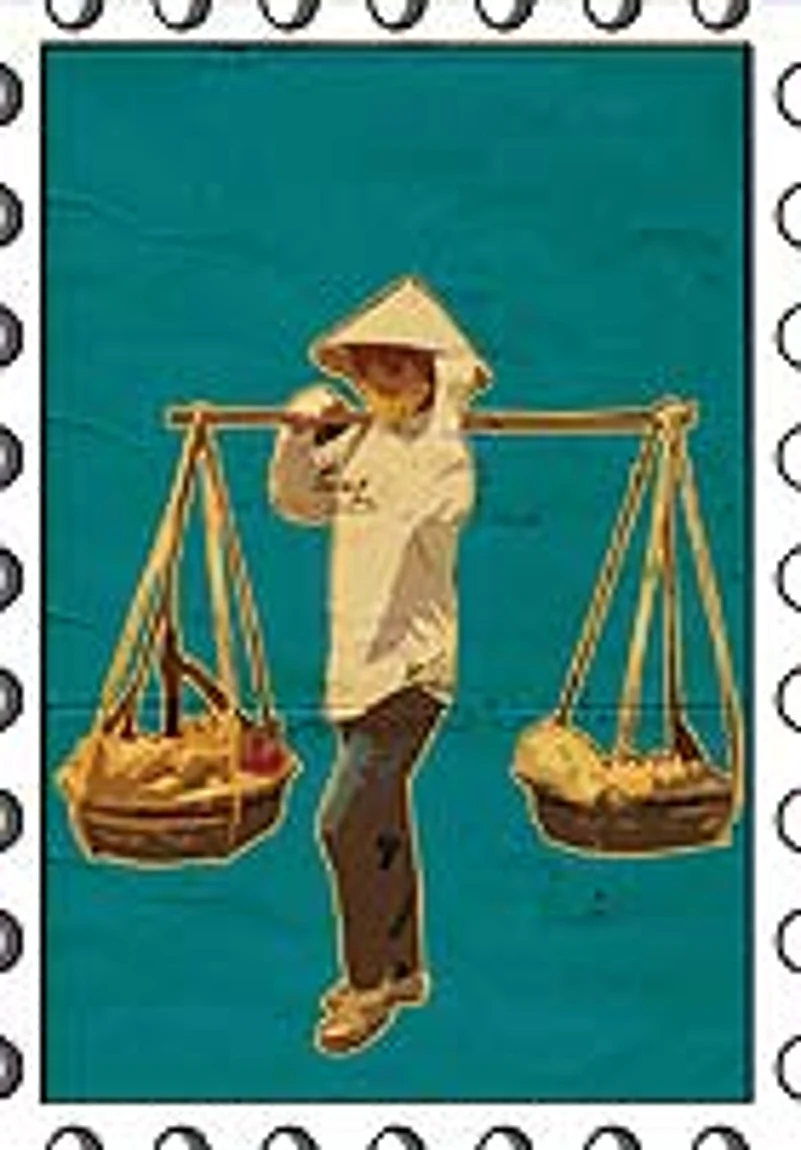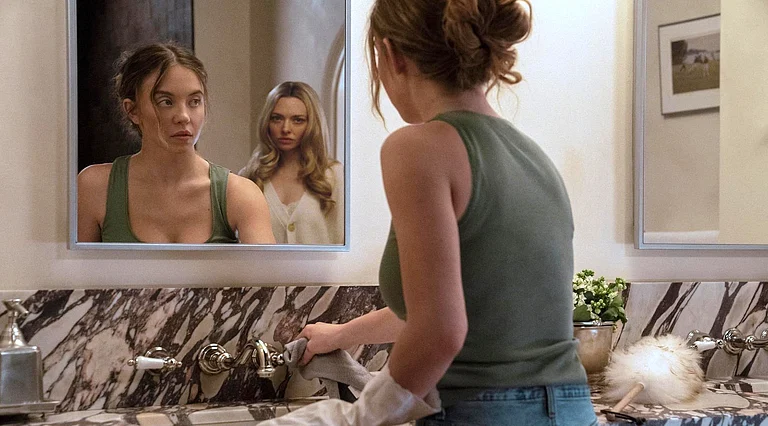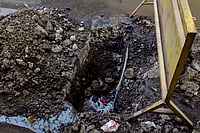
Ice, ice coffee
There are 36 streets of the ancient quarter in Hanoi wedged between the northern shore of Hoan Kiem lake and the impressive walls of the citadel. Some lanes in the ancient quarter are named after the wares on display, like medicine, copper, horse hair, silk and even a coffin street. In fact, there are lanes which still offer coffins or horse hair. Then there are entire blocks of tinsmiths, tailors, lacquerware makers, flower-sellers.... The Vietnamese are masters of the miniature and the quaint: from low-slung wooden stools to the tiniest boutiques with ornate silk prints and delicate ceramic ware. This, the oldest part of Hanoi, the seat of Vietnam’s imperial power until the late 18th century, is the busiest and most interesting. At night, the lights from the storefronts keeps the boulevards illuminated and animated. We head to Coffee Street to try their classic iced coffee with milk (or ca phe sua da) served in shiny goblets. We then follow our noses to a street stall selling xoi xeo, a flavourful sticky rice dish topped with ground moong beans and fried onions. The signature street food is banh cuon, a delicious steamed crepe made from rice flour, sugar and lime. The market area comes alive on Saturday evening when local revellers head for the large jars containing house-crafted beer fermented with bay leaves and...beetles!
Puppets on water
Some of the most vivid memories of Hanoi come from the walks around Hoan Kiem (West Lake) at sunrise, and after dark. You see young women out jogging, stretching or jiving to hip-hop music. Shirtless men play badminton and the elderly practise tai chi, inviting tourists to join in. There are sellers with their paraphernalia of maps, postcards, paperback books, old cameras and handmade cards. It’s not the geographical centre, but Hoan Kiem remains the very heart of life in Hanoi. The tree-lined boulevards, French colonial villas and civic architecture landmarks around the lake make it a truly scenic spot. Across the street is the water puppetry theatre, an ancient Vietnamese art with scenes from folklore, history and ancient battles staged on a liquid platform, accompanied by traditional music. But if anything steals the spotlight, it’s the innovatively designed cafes around here with their occasional poetry readings. Coffee aficionados rank the Vietnamese version as one of the best in the world. Highly recommended is Cafe Nha Hang Bao Oanh, draped in Communist memorabilia, to taste their delicious egg coffee, a strong local brew capped with a sort of condensed milk zabaglione.
Fore fathers
Hanoi served as the on-off capital of French Indochina until 1954. Its stunning architecture combining Sino-Vietnamese motifs with French flair complements a city steeped in history. The Ho Chi Minh mausoleum is an imposing shrine built on the edge of Ba Dinh Square, the place where the Communist revolutionary leader Ho Chi Minh delivered the Declaration of Independence of the Republic of Vietnam to half a million of his countrymen back in 1945. If you’re lucky, you’ll catch the changing of the guard outside the grand marble edifice; the pomp and ceremony displayed here pretty much rivals the British equivalent at Buckingham palace. The chrome yellow former Governor’s Palace, which also faces Ba Dinh Square, is a poignant contrast to Ho Chi Minh’s house on stilts. Built of teak, the little house is an architectural gem. The Temple of Literature, about 2 km west of Hoan Kiem, is dedicated to Confucius and honours Vietnam’s finest scholars and men of literary accomplishment. There’s a low-slung pagoda in the courtyard with a gigantic statue of Confucius wearing scarlet robes and flanked by four of his disciples.
Party mosaic
In recent years, with the influx of entrepreneurial Vietnamese returnees, expats and a creative internet-enabled population, Hanoi’s pulse has quickened. The city hosts a variety of little watering holes and even some rowdy dancing spots. You have your pick of the classy Irish pub or local draft beer at the popular street-side ‘bia hoi’ stalls, where people hunker down on squat stools for a long night of boozing and gossip with Elvis Presley or Neil Diamond playing on vintage turntables. Traveller cafes are known to explode into wild parties and little restaurants and bars stay open till late. We check out Bao Khanh Street behind a block of buildings near West Lake, home to many popular bars and late night spots. The Hanoi Opera House stands out for its typical colonial French architecture, with Gothic and mosaic designs. The opera house has staged plays, symphonies, even classical opera. From the main thoroughfares to the maze of back alleys, Hanoi throws up a surprise at nearly every corner.
Traveller tips:
When you arrive in Hanoi, you will need a calculator and a sharp eye, because there are so many currency denominations here from the virtually worthless 200 dong up to the 5,00,000 dong note.
Outlook senior correspondent Priyadarshini Sen is a World Press Institute fellow, 2015; E-mail your diarist: Priyadarshini [AT] outlookindia [DOT] com
























